Possibility of healing of Alzheimer's disease by simply lighting flashing light

It is said to occupy 60 to 70% of dementia "Alzheimer's disease"Remains a fundamental treatment that has not been discovered yet is a concern that it will become an increasingly serious problem in the aging society. In the meantime, a research team in the United States developed a technique to cure diseases by sharply reducing the causative substances in the brain by irradiating the mouse of Alzheimer's disease with flashing light at a constant cycle.
Unique visual stimulation may be new treatment for Alzheimer's | MIT News
http://news.mit.edu/2016/visual-stimulation-treatment-alzheimer-1207
The following movie explains how to remove substances that cause Alzheimer's disease only by exposure to light from the brain.
Light-based therapy for Alzheimer's disease - YouTube
Along with increasing human life expectancy, the cause of death due to "aging" is increasing, and Alzheimer's disease is one of them.

In the United States there is also a survey result that one in three suffers cognitive impairment such as Alzheimer's disease.

Alzheimer's disease, which has 5 million patients alone in the United States, has 46.8 million patients worldwide and is now a worldwide illness.
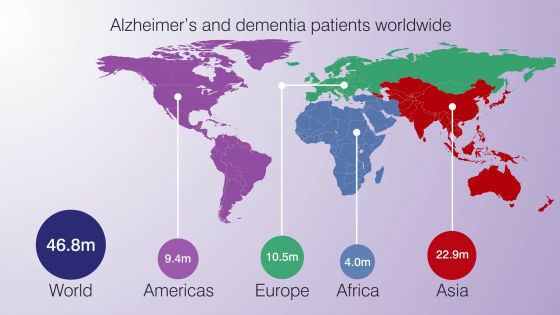
The medical cost of Alzheimer's disease is expected to reach 2 trillion dollars (about 230 trillion yen) by 2030.

The medical cost of Alzheimer's disease surpasses cancer and heart disease, and it is sure that it will make the problem of medical cost of the United States worse seriously, and drastic treatment is desired.

Recent studies on the signal of the brain of Alzheimer's disease patients show that the stimulation received by the brain has relevance to Alzheimer's disease is 31 to 120 HzGamma waveIt is known that it is.

Depending on the stimulus received from the outside worldVisual cortexIt is important for the brain's part to receive and synchronize the signal, such as remembering the name of the person you love, remembering the events of last week, or paying attention to where to place the key .
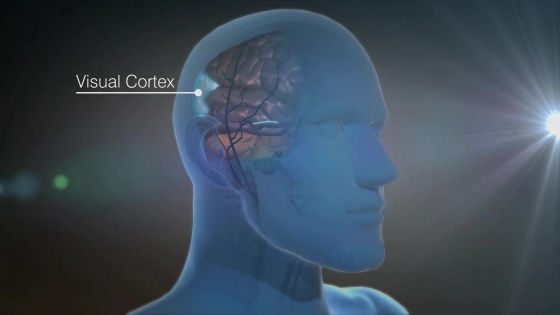
In the brains of patients with Alzheimer's disease, it is known that the gamma rhythm, which is synchronous to gamma waves, is disturbed.
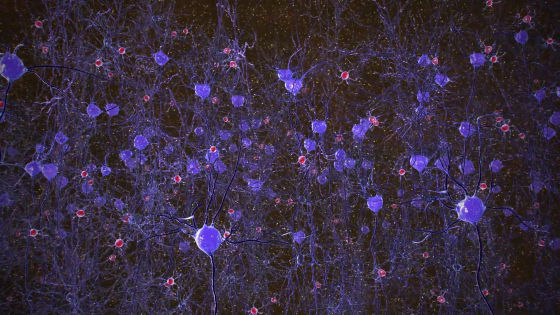
And the cause of disturbing this gamma rhythm is a protein called amyloid beta.

It is thought that in the brains of Alzheimer's disease patients accumulation of amyloid beta makes it difficult for electric signals of brain neurons to flow, causing disorders such as memory impairment.
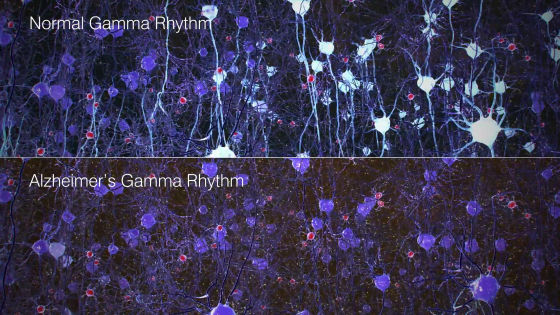
Researchers at MIT initially created a "5 X FAD" type mouse with a factor that disturbs gamma rhythm.
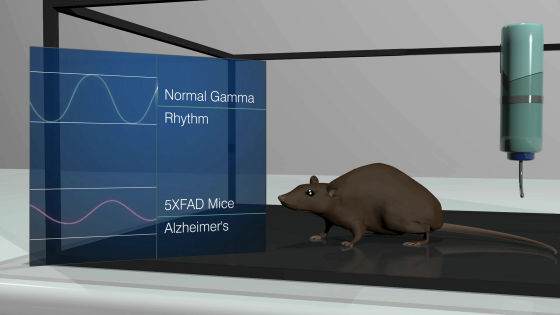
This 5XFAD mouse is the brainHippocampusAmyloid beta accumulated and neurons died, they developed a memory disorder characteristic of Alzheimer 's disease.
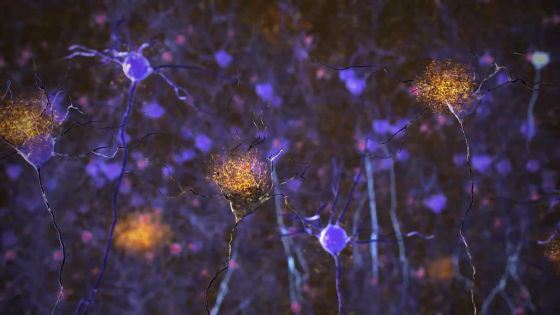
Next, repeating the experiment of applying the direct gamma wave to the hippocampus of 5 × FAD mouse of Alzheimer's disease repeatedly showed that the accumulation amount of amyloid beta decreased by almost half in the case of the gamma wave of the frequency of 40 Hz, and the change was observed in the neuron .
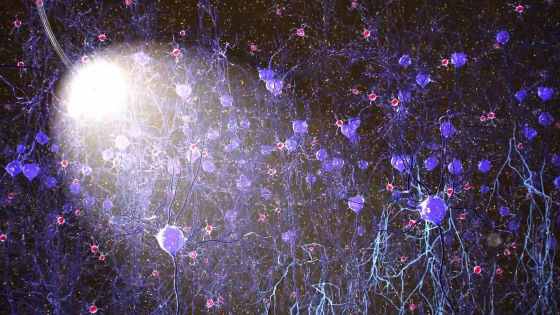
By applying a gamma wave with a frequency of 40 Hz, we found that brain cells called microglia, responsible for the immune system, were activated to degrade amyloid beta.

Thus, 5 X FAD mice irradiated to the hippocampus with a 40 Hz gamma wave succeeded in reducing amyloid beta and regaining memory.
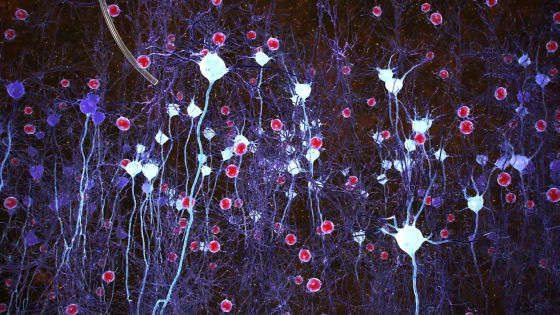
Furthermore, MIT researchers searched for a noninvasive method that had the same effect as giving a stimulus directly to the brain, whereupon the brain was stimulated by light irradiation that repeatedly flashes at 40 Hz and the gamma rhythm recovered I understood that.
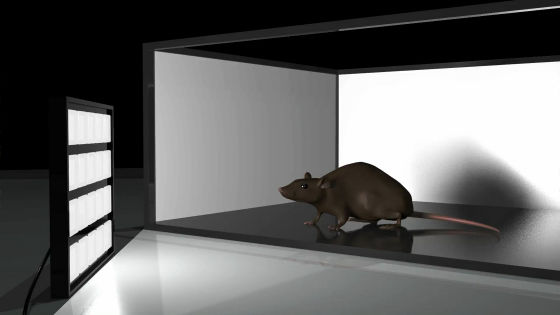
When Alzheimer's disease 5 × FAD mouse was exposed to light blinking at 40 Hz continuously for 1 hour, planktonic amyloid beta generated in the brain decreased by 50% or more.
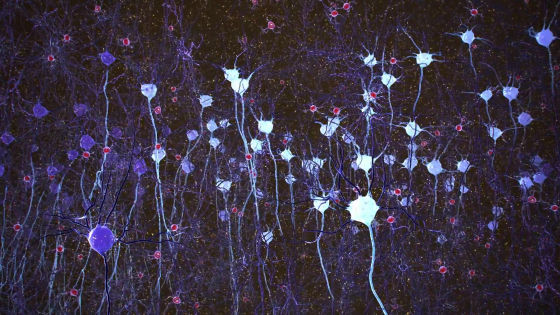
Furthermore, continuing to keep Alzheimer's disease flashing light on Alzheimer's disease 5 × FAD mouse for 1 hour daily for 1 hour, the amyloid beta gradually accumulated in the brain was also reduced, and the memory disappeared in the mouse.
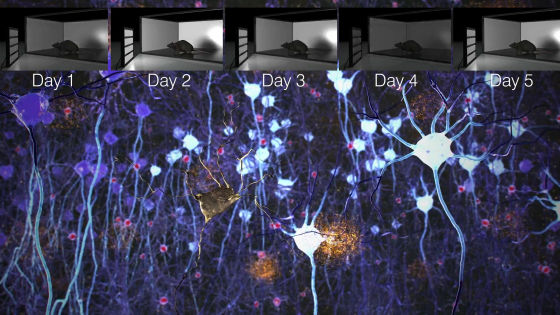
A method of treating Alzheimer's disease by reducing the amount of amyloid beta in the brain by irradiating the flashing light at 40 Hz, whose effect was confirmed by an experiment using a mouse, will be promptly clinical experiments in humans .
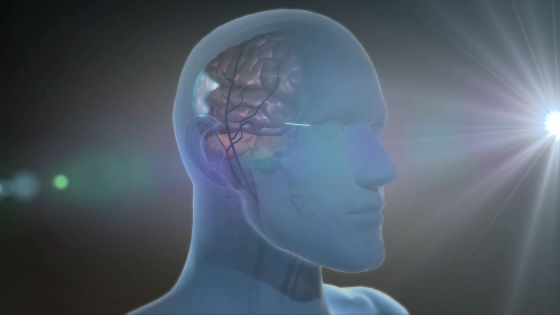
Since the method of irradiating light at 40 Hz not only does not invade the patient's body but the treatment cost is inexpensive, it can be a breakthrough treatment if it is recognized for Alzheimer's disease patients. Dr. Tsai Leifue of MIT who led the research, "Of course I am aware that there are many examples that human beings can not recognize the effect recognized in mice, but the method discovered this time is noninvasive to the human body It is also a simple, easy-to-use method, so I think that it has great potential, "he says. He is hoping for future clinical experiments.

Related Posts:







